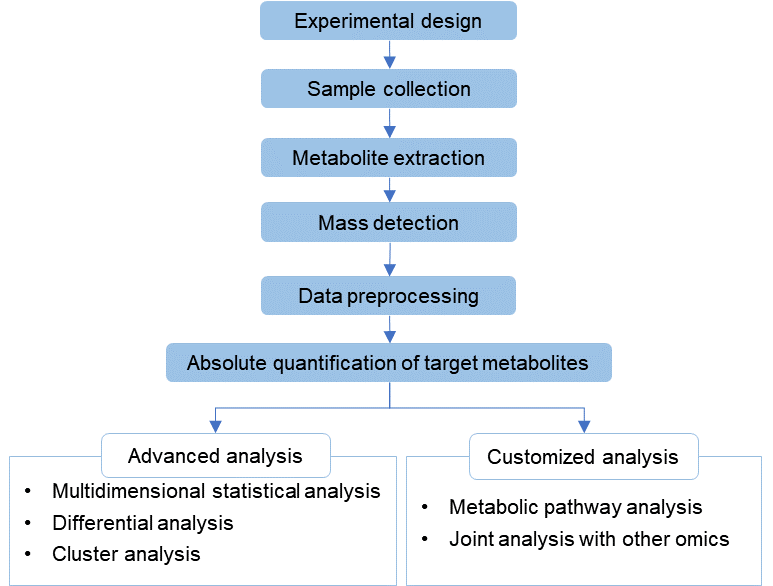Colchicine Analysis Service
Submit Your InquiryWhat is Colchicine Analysis and Why Analyze It?
Colchicine, a naturally derived alkaloid, has gained significant recognition for its therapeutic applications. It is predominantly acknowledged for its efficacy in managing gout and various inflammatory disorders. The fundamental mechanism of action of colchicine revolves around its ability to hinder microtubule polymerization, thereby dampening the inflammatory response. As with any pharmaceutical substance, ensuring the utmost purity, stability, and effectiveness of colchicine is of paramount importance. This underscores the critical role of colchicine analysis in the pharmaceutical field.
 Molecular structure of colchicine
Molecular structure of colchicine
Colchicine analysis involves a comprehensive assessment of this compound, encompassing various aspects such as identification, quantification, and purity testing. Analyzing Colchicine can help us understand:
- Drug Safety: Ensuring the safety of Colchicine-containing pharmaceutical products by detecting and quantifying impurities.
- Quality Control: Verifying the quality and purity of Colchicine in drug formulations.
- Pharmacokinetics: Understanding the metabolism and pharmacokinetics of Colchicine in the human body.
Creative Proteomics' Comprehensive Colchicine Analysis Services
Colchicine Identification
High-Performance Liquid Chromatography (HPLC): At the heart of Creative Proteomics' Colchicine identification service lies the utilization of advanced HPLC techniques. HPLC stands as a cornerstone methodology for the precise identification of Colchicine, ensuring its purity and integrity within pharmaceutical formulations.
Colchicine Quantification
Liquid Chromatography-Mass Spectrometry (LC-MS): Creative Proteomics leverages cutting-edge LC-MS technology for the quantitative assessment of Colchicine. This state-of-the-art technique facilitates the accurate measurement of Colchicine levels across diverse sample matrices. The result is a meticulous quantification that underpins quality control and dosage precision.
Impurity Profiling
Gas Chromatography-Mass Spectrometry (GC-MS): The detection and quantification of impurities in Colchicine formulations are paramount. Creative Proteomics employs GC-MS, utilizing the Agilent 7890B GC System with 5977A MSD, to conduct thorough impurity profiling. This approach ensures that Colchicine pharmaceutical products adhere to stringent safety and quality standards.
Metabolomics Analysis
Liquid Chromatography-Mass Spectrometry (LC-MS): Creative Proteomics' expertise extends to in-depth metabolomics analysis of Colchicine in biological samples. Through LC-MS, the metabolic pathways of Colchicine within the human body are elucidated. This comprehensive understanding aids in assessing the compound's pharmacokinetics and potential interactions.

Sample Requirements for Colchicine Analysis
| Sample Type | Volume Required | Storage Temperature |
|---|---|---|
| Serum and Plasma | 100 µL - 500 µL | -80°C |
| Urine | 1 mL - 5 mL | -80°C |
| Tissue Samples | 20 mg - 100 mg | -80°C |
| Plant Samples | As required | -80°C |
| Fecal Samples | As required | -80°C |
| Saliva Samples | As required | -80°C |
Specific Data Analysis Components for Colchicine Analysis
| Data Analysis Component | Description |
|---|---|
| Data Preprocessing | Calibration, noise reduction, baseline correction |
| Chromatographic Peak Detection | Identification and quantification of chromatographic peaks |
| Mass Spectral Peak Picking | Detection and quantification of mass spectral peaks |
| Metabolite Identification | Matching observed peaks to known Colchicine compounds |
| Quantitative Analysis | Determining Colchicine concentration in samples |
| Impurity Profiling | Detection and quantification of impurities in Colchicine formulations |
| Metabolomics Data Integration | Combining data from various analytical techniques |
| Statistical Analysis | Comparative analysis of Colchicine levels under different conditions |
| Multivariate Analysis | Application of statistical methods like PCA and PLS-DA |
| Metabolic Pathway Analysis | Identification of affected metabolic pathways |
| Correlation and Network Analysis | Exploration of metabolite relationships and networks |
| Biomarker Discovery | Identification of potential Colchicine-related biomarkers |
| Data Visualization | Creation of visual representations for data interpretation |
| Report Generation | Documentation of findings, interpretations, and conclusions |







